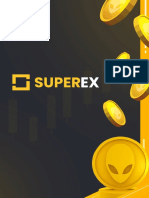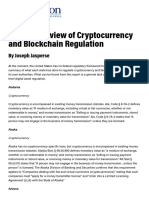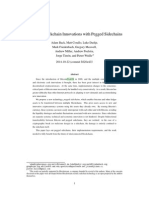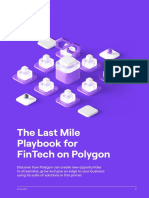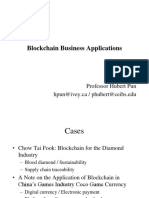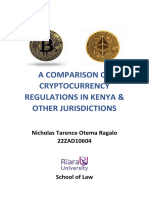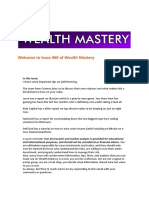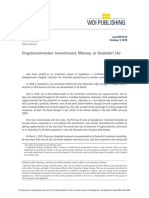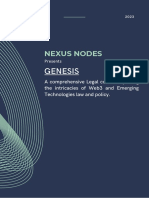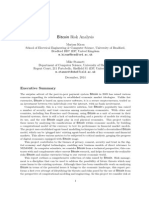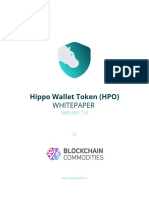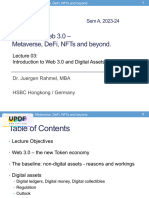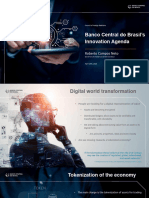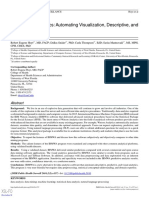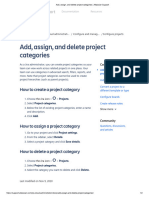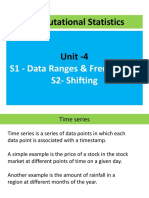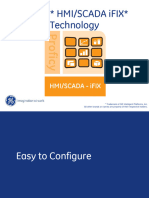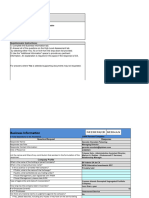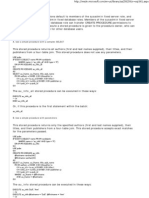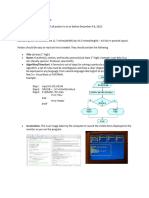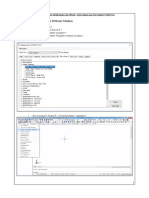0% found this document useful (0 votes)
248 views38 pagesBankingWeb3 - Lecture 4
This document discusses tokenization of assets. It begins by explaining the principle of tokenization and the types of assets that can be tokenized, such as real-world assets and digital assets. It then covers the benefits of tokenization for institutions and investors, including increased liquidity, transparency and affordability. The document outlines the tokenization process and compares it to traditional fractionalization. It also discusses some of the regulatory considerations for tokenized assets and provides an overview of the regulatory approach to tokenization in different regions.
Uploaded by
jk.hoipan.kCopyright
© © All Rights Reserved
We take content rights seriously. If you suspect this is your content, claim it here.
Available Formats
Download as PDF, TXT or read online on Scribd
0% found this document useful (0 votes)
248 views38 pagesBankingWeb3 - Lecture 4
This document discusses tokenization of assets. It begins by explaining the principle of tokenization and the types of assets that can be tokenized, such as real-world assets and digital assets. It then covers the benefits of tokenization for institutions and investors, including increased liquidity, transparency and affordability. The document outlines the tokenization process and compares it to traditional fractionalization. It also discusses some of the regulatory considerations for tokenized assets and provides an overview of the regulatory approach to tokenization in different regions.
Uploaded by
jk.hoipan.kCopyright
© © All Rights Reserved
We take content rights seriously. If you suspect this is your content, claim it here.
Available Formats
Download as PDF, TXT or read online on Scribd
/ 38


